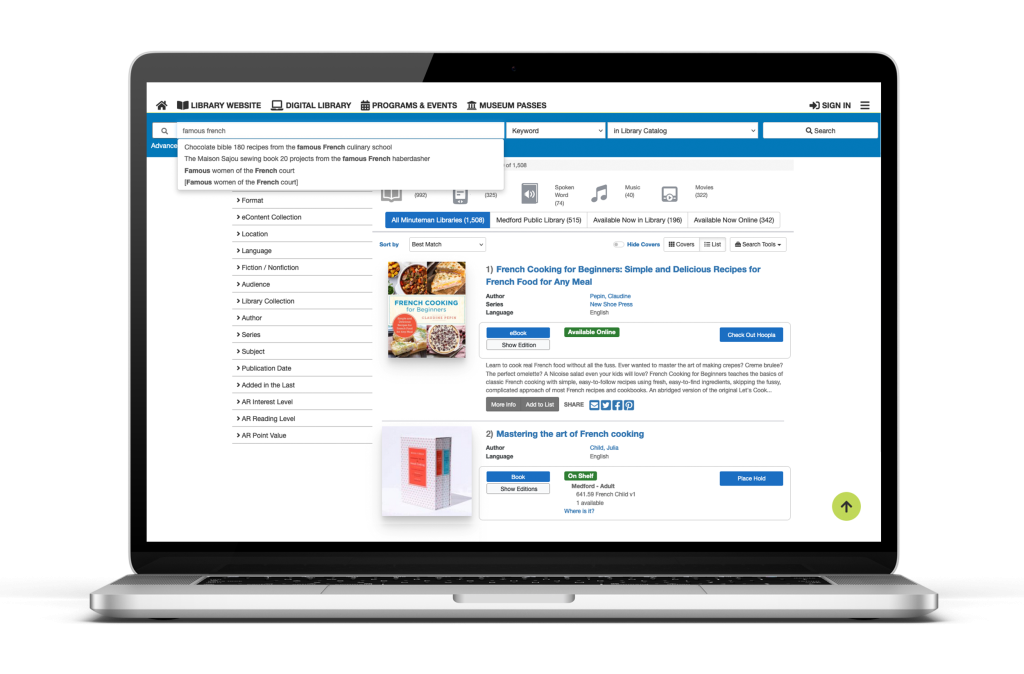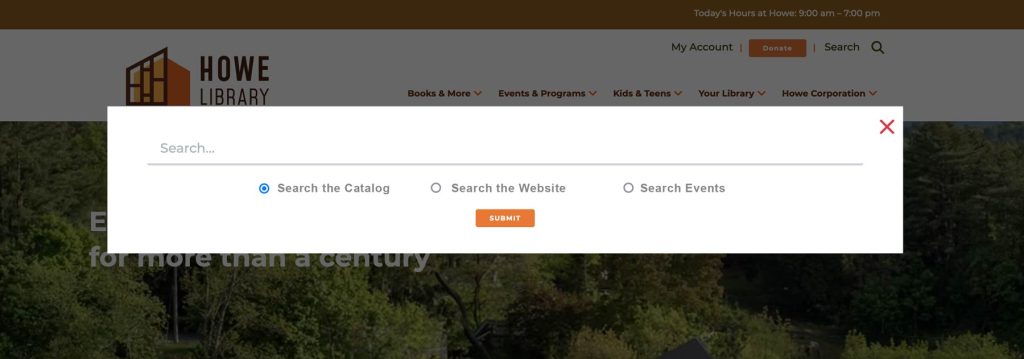Search, borrow, manage, or reserve instantly and anytime.
Gone are the days of having to manually flip through physical library card catalogs in search of a single book. Those once familiar drawers filled with hundreds of index cards have been replaced by powerful Online Public Access Catalogs (OPACS), which now provide complete and instant access to your library’s entire collection at a moment’s notice.

With OPACs, users can quickly and easily search for books, videos, audio, and other resources from anywhere, at any time. This transformation has revolutionized the way libraries operate and how patrons engage with their collections, making the process of discovery faster, more efficient, and more accessible than ever before.
A well-designed and integrated OPAC allows Library users to not only find titles or subjects quickly, but also provides important features like real-time availability, account management, and hold requests, which make the borrowing process smoother and more user-friendly.

A good OPAC promotes library engagement by offering a seamless, 24/7 digital interface that can be accessed remotely, expanding the reach of the library beyond its physical space. In short, an effective OPAC enhances user experience, drives resource discovery, and strengthens the library’s role in the digital age.
Online Public Access Catalogs do more than just list a resulting title, they can provide information about availability, location, and specific details of books, periodicals, multimedia, and other resources housed in the library and connected network. Most good OPACs include the following features and functions to benefit online visitors:

We at BI Studio specialize in customizing and integrating most OPAC systems, ensuring compatibility and functionality for library staff and their patrons. Here is a step-by-step guide to help familiarize you with the connection process.
Understand Your OPAC System – Before integration, check the OPAC system your library uses (e.g., Koha, Sierra, or Evergreen). Most OPACs offer integration options such as APIs or embedded search boxes. Understanding your OPAC’s features is the first step.
Embed a Search Box – Many OPAC platforms offer an embeddable search widget. This is a simple solution that allows you to copy and paste code directly into your website. Once embedded, users can search the catalog without leaving the site.
Use OPAC APIs for Advanced Integration – For a more customized approach, utilize the OPAC’s API. APIs allow you to pull data from the catalog and display it directly on your website. This method requires some development work but offers a seamless, branded search experience with full control over the design.
Link to the OPAC – If you prefer a basic approach, you can provide a clear link to your OPAC on your website, directing users to the catalog. This is a simple, non-technical way to give access but may feel less integrated.
Test and Ensure Mobile Compatibility – Once the integration is complete, test it thoroughly. Ensure that searches are working as expected, that results are loading properly, and that the interface is mobile-friendly. A well-integrated OPAC should offer a smooth experience across all devices.

Online Public Access Catalogs are a clear benefit all around, giving instant access, and saving time for everyone in countless ways.
For patrons, it results in multiple search results for sought-after material and offers views into areas they may not have realized, along with reserving and managing accounts from anywhere.
For library staff, it reduces inquiries and tasks, allowing them to focus on more complex library operations as well as building interpersonal relations with their community.
For more information on how LibWeb can benefit your library and possible options for OPAC integration into your website, contact us for solutions that will suit your needs.